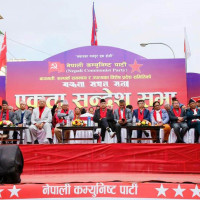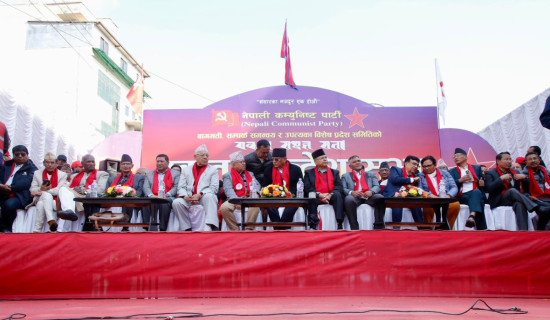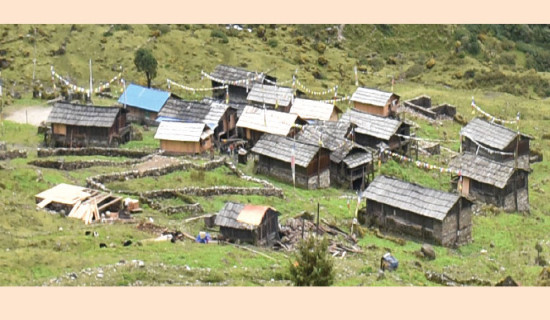- Sunday, 21 December 2025
Insulate Tourism Sector From Setbacks
While UN Tourism has predicted ‘much better’ prospects globally for 2025 as compared to 2024, Nepal has recorded a marginal fall in the total number of international travellers in the initial three months this year. Only 298,558 foreign tourists came to the country during the first three months this year as compared to 304,693 in the same period last year. This figure marks a 2.1 per cent drop. However, in January this year, the country welcomed 79,991 foreign travellers, representing a 98.4 per cent recovery to pre-COVID levels. But, February saw a negligible fall in tourist arrivals compared to the same period last year. The number of tourists plummeted further in March as well, with just 121,687 arrivals as compared to a total of 128,167 in the same month last year. This figure is 5.1 per cent less in comparison to that of the corresponding period last year.
India, China and the United States are the top three tourist source markets for Nepal. Indians account for about one-third of the total tourists the Himalayan nation hosts every year. But, it is concerning that Indian arrivals have dropped significantly during the review period. The data released by the Nepal Tourism Board (NTB) shows that Indian arrivals fell by about 30 per cent to 21,412 in March. The number decreased by 25 per cent to 19,187 in February while it fell by 15 per cent to 20,448 in January. Nepal also witnessed a drop of 13 per cent in arrivals from Europe during that period. If these statistics are any indication, the country’s tourism business is less likely to grow this year as anticipated. The fall in overall tourist arrivals calls for drastic measures aimed at attracting more travellers into the country.
Susceptible sector
It is explicit that tourism is a susceptible sector, and it remains affected even by trivial factors or incidents like street protests and plane or bus accidents. However, this is a resilient sector, too. Tourism activities in any destination start resuming as soon as problems subside. The tourism industry in most countries around the world, including Nepal, suffered a huge setback in 2020 and the ensuing year owing to the COVID-19 pandemic. Many countries took harsh measures, such as lockdowns, to contain the transmission of the lethal viral disease. However, tourism began bouncing back with the lifting of lockdowns following the disappearance of the virus in 2022. Although no notable effort was made to give a boost to the tourism sector, the country recorded a gradual recovery in tourist arrivals. In 2022, the nation played host to a total of 614,869 foreign travellers. Tourist arrivals surged to 1,014,882 and 1,147,567 in 2023 and 2024, respectively.
Tourism experts point to the poor condition of several roads and highways, increased airfares and reduced operation hours of the Tribhuvan International Airport (TIA) to 10 hours for five long months (from November 2024 to March 2025) for upgrading the runway as major factors leading to the dwindling of the number of Indian tourists. Immediately after the partial closure of TIA, airlines increased airfares so exorbitantly that the Kathmandu-bound passengers were forced to pay much higher. Many visitors are believed to have cancelled their trips to Nepal. However, the airport has come into operation for 18 hours daily since April 1. With this, several airlines have increased their flights. Two Indian carriers are also in the process of commencing their regular flights to and from Kathmandu shortly.
Tourism is considered an important driver of economic growth and development as it contributes to generating revenue and foreign exchange earnings. This sector also creates many jobs. Because tourism is multifaceted, it supports overall economic development in nations, especially developing ones. In terms of tourism resources, Nepal surpasses numerous other countries worldwide. The country has also been an appealing destination for tourists having varied interests. However, the average stay of tourists in the country is 13.2 days, and their per-day spending stands at just US$ 41 per day. Diversifying tourism alone can help lengthen their stay and increase their spending.
Considering infinite tourism prospects, investors have made a huge investment in the tourism industry over the years. A lot of posh hotels have opened in major tourist destinations like Kathmandu, Pokhara, Chitwan and Lumbini. Other touristic sites, such as Mustang, have also witnessed a rise in the number of hotels and resorts. According to hoteliers, the existing hotel rooms in the country are more than enough to cater to about 3.5 million tourists a year. Against this backdrop, the current tourist arrivals are insufficient for the hotel industry to sustain.
Negative message
The recent violent street protests organised by the pro-monarchists in Kathmandu have sent a negative message that Nepal is unsafe for tourists. However, the demonstrations had nothing to do with tourists. School teachers from across the country have continued to stage protests and rallies in Kathmandu, demanding the enactment of the School Education Bill. Although their move is peaceful, this might shy away potential visitors.
Another burning problem is that Kathmandu and many other parts of the country have been grappling with the hazardous level of air pollution for the past couple of days. Recently, Katmandu was listed among the most polluted cities in the world. The country’s tourism is expected to face problems due to air pollution since it adversely affects the health of people.
Bearing such a challenging scenario in mind, the government needs to address these problems once and for all. Being a very sensitive sector, tourism can thrive only when everything is in order. Tourism authorities and entrepreneurs are now required to strive for achieving sustained tourism growth. It is necessary to make extensive efforts to develop additional tourist spots and products to lure both new as well as repeat visitors. Much focus should be placed on promoting and marketing the unrivaled tourism resources the country possesses.
(The author is a deputy executive editor of this daily.)


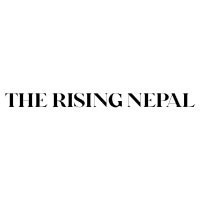
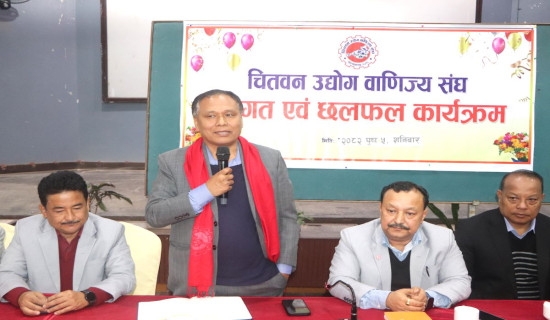
-square-thumb.jpg)
